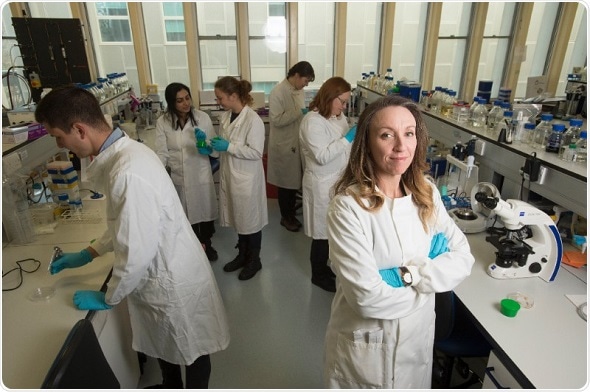Oct 17 2018
TruLarv™ is considered a non-animal technology (NAT) in the context of UK animal use regulations (ASPA) where procedures on this species are not regulated.

Use of TruLarv™ as a model host is considered to reflect aspects of complexity present in an entire animal and are accepted as an ethical alternative to higher animals for research. Insect models are increasingly being used in a broad range of scientific applications with the added advantage of being relatively inexpensive. Larvae of the wax moth Galleria mellonella possess an innate immune system that is structurally and functionally similar to that of mammals, comprising cellular and humoral responses, and has been validated as a screening model for in vivo evaluation of pathogenicity, efficacy and pharmacokinetics for novel antimicrobials.
We carried out a study in partnership with ENVIGO, funded by NC3R's Crack it to assess whether testing in the TruLarv™ NAT model provides a more predictive starting point for mammalian toxicity testing.
The acute toxicity of a panel of chemicals was assessed using TruLarv™. The results obtained were compared against LD50 values derived from in vitro cytotoxicity test data (published in the OECD 129 guidance document) and against in vivo acute oral LD50 values in order to assess whether testing in the TruLarv™ ‘NAT’ model provides a more predictive starting point for mammalian acute toxicity testing compared to current in vitro cytotoxicity methods.
The results obtained give an indication that the TruLarvTM ‘NAT’ model is potentially superior to current in vitro cytotoxicity methods for predicting low-toxicity chemicals. Addition of this model to ECHA guidance as a recommended element in 'weight of evidence' approach could strengthen the options for registrants to justify the waiving of in vivo acute oral toxicity studies for chemicals predicted to be of low toxicity and lead to a reduction in numbers of animals used for toxicity testing.